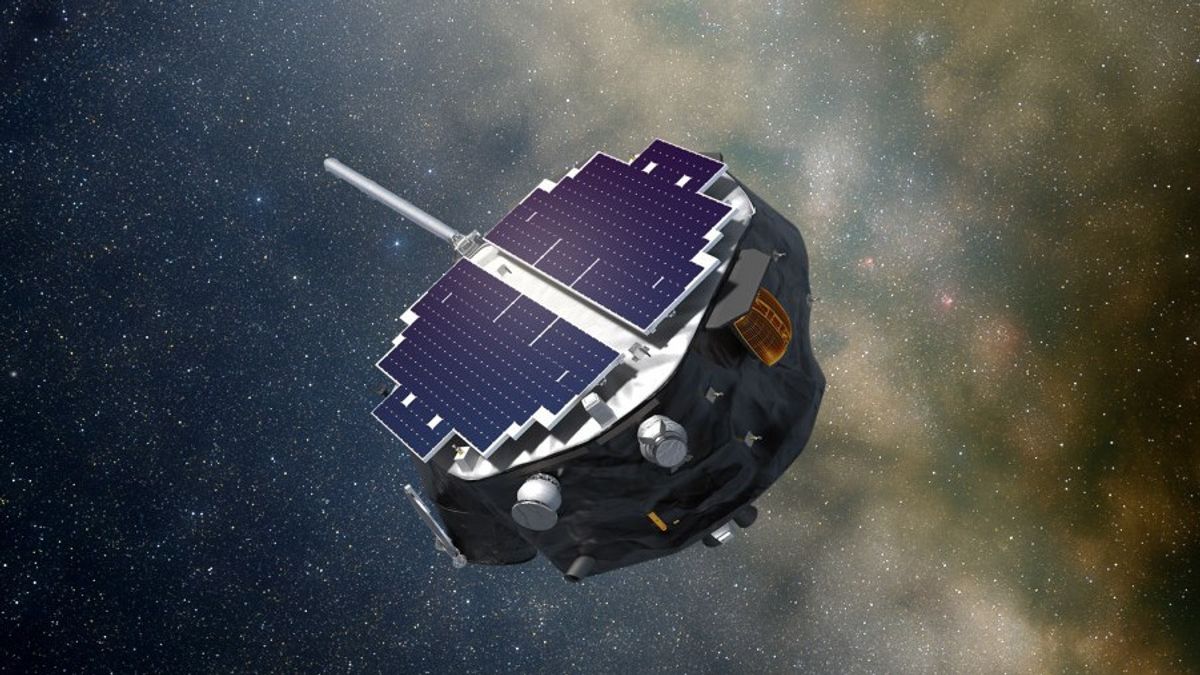JAKARTA NASA and SpaceX have decided to postpone the launch of the Interstellar Mapping and Acceleration Probe (IMAP) spacecraft. This is not the first time the IMAP launch schedule has been postponed.
In 2020, NASA revealed that the ride will take off in October 2024, but the schedule has been pushed back to February next year. Now, NASA and SpaceX will have to reschedule their launch schedule to September 2025.
"This new date gives additional time to prepare the IMAP flight system before launch," NASA said in the agency's official blog. However, it did not explain what kind of system preparations NASA and SpaceX were working on.
IMAP is one of the important missions for NASA because this collaboration program with SpaceX will study the heliosphere, the magnetic bubble of the Sun that protects the solar system. This needs to be learned so that humans understand more about its protective boundaries.
To find out more detailed information about the heliosphere, IMAP will fly and sample directly, then analyze and map particles flowing to Earth from the edge of interstellar space.
VOIR éGALEMENT:
In addition to studying the heliosphere, IMAP will also help researchers to study the solar wind or particles from the star. IMAP will also analyze energetic particles as well as cosmic rays in the heliosphere.
"These particles can affect human explorers in outer space, damage technology systems, and possibly play a role in the existence of life itself in the universe," NASA explained.
The US space agency revealed that the IMAP launch will be a rideshare mission because SpaceX will transport two other spacecraft. The two rides are the Carruthers Geocorona Observatory and the Space Weather Follow On Lagrange 1.
The Geocorona Carruthers Observatory is NASA's vehicle developed to capture light from Earth's geocorona. These observations were made to predict the activity of the Sun which could affect Earth.
Meanwhile, the National Oceanic and Atmospheric Administration (NOAA) Space Weather Follow On Lagrange 1 mission will observe the outer atmosphere of the Sun and measure the solar particle flow to determine the conditions of space weather.
These three rides will take off from the Space Launch Complex 40 at the Cape Canaveral Space Force Station in Florida. SpaceX will use the Falcon 9 rocket at the launch of the rideshare.
The English, Chinese, Japanese, Arabic, and French versions are automatically generated by the AI. So there may still be inaccuracies in translating, please always see Indonesian as our main language. (system supported by DigitalSiber.id)












